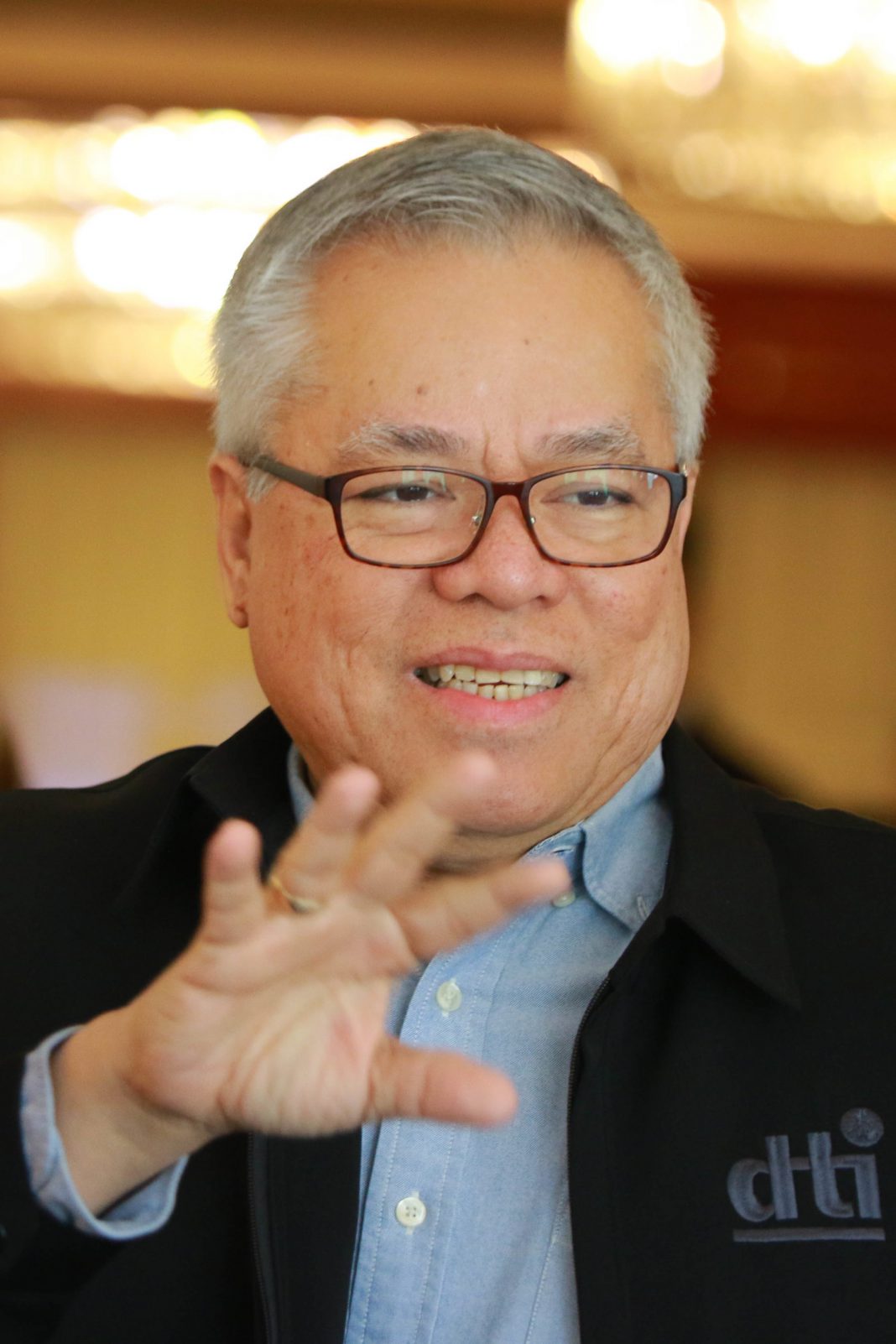“The Philippines will continue to enjoy the robust economy in 2019 as the strong domestic demand continues”, DTI Secretary Ramon Lopez revealed during the DTI Press Conference on the 2018 Accomplishment Report and Program Outlook for 2019.
The Trade Chief provided a very comprehensive report with historical data explaining how the Philippines is able to achieve this growth despite challenges like inflation and other external forces which are obviously beyond our country’s control.
According to Secretary Lopez, since 1999, the Philippines Gross Domestic Product (GDP) sustains 79 consecutive quarters of positive growth, breaking the “boom-bust” cycle.
From 2010-2015, Philippines’ GDP growth averaged 6.2%, and then in first to third quarter of 2016, it hit at the highest of 6.6%. Last year, the government made a forecast of growth at 6.5% to 6.9% and 7% to 8% for 2019-2022.
Our country’s strong domestic demand in services and industry was reinforced by construction under the Build, Build, Build program. While the average manufacturing growth is 7.6% and food manufactures, communication equipment and chemicals are the leading sectors.
Interestingly, the job quality has improved in 2016-2018 with underemployment averaging 16.9%, down from 19.0% in 2010-2015. Underemployment rates of 16.1% in 2017 and 16.4% in 2018 were the two-lowest figures for the past 30 years or so.
The Trade Chief acknowledged the effect of the inflation rate in the country. But the government did everything to come up with anti-inflation measures which are Non-Monetary Measures to help ease inflation pressures.
Lopez also pointed out that the Philippines’ inflation is relatively low and manageable during this decade compared with previous decades and he presented the historical data to substantiate his claim wherein back in 1980-1989, the inflation rate record was 15.2%, while from 2010-2015 was 3.1% same with 2016-2018 which was also 3.1%.
While the Board of Investment (BOI) Philippines doubled average investments from 380B in the year 2010-2016 to 766B in 2017-2018’s 915B which is up by 48%. Then the investments outside Metro Manila accounted for 86%.
The Top Sectoral Performers based on investment are the Manufacturing, Transport and Storage, Water and Sewage, Retail and Accommodation.
On the issue about Hanjin, Lopez said that there was an ongoing negotiation with 2 Chinese companies who showed interest in looking at either joint venture and full take over. But for the displaced employees, the DTI is working on the re-employment of the 7,000 who were displaced last December and another 3,000 by the first quarter.
The Trade Secretary is confident that there are many job opportunities awaiting for the displaced workers even in the area of Central Luzon alone.
See related stories:
Investment approvals in PH breach Php907B level in 2018, sets another record-breaking performance
https://thephilbiznews.com/2018/12/25/investment-approvals-in-ph-breach-php907b-level-in-2018-sets-another-record-breaking-performance/
PH government explores possible investors to help Hanjin from financial woes
https://thephilbiznews.com/2019/01/13/ph-government-explores-possible-investors-to-help-hanjin-from-financial-woes/
Hanjin Philippines biggest investor in Subic faces financial problem, seeks rehabilitation
https://thephilbiznews.com/2019/01/10/hanjin-philippines-biggest-investor-in-subic-faces-financial-problem-seeks-rehabilitation/














